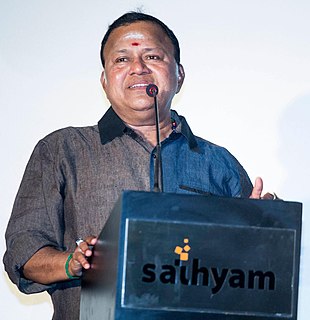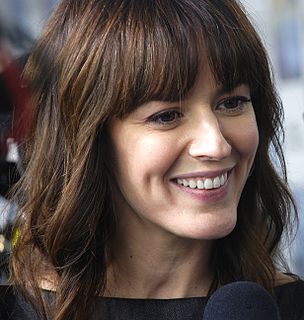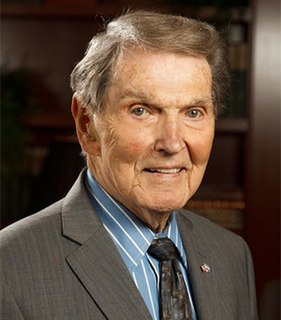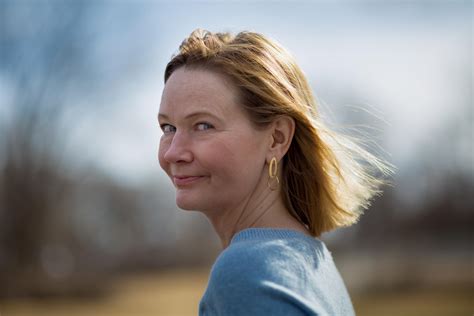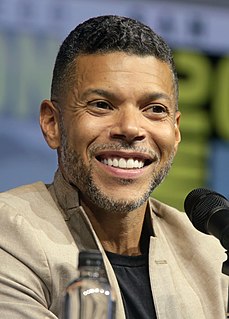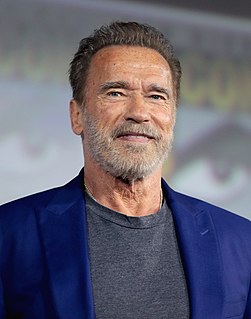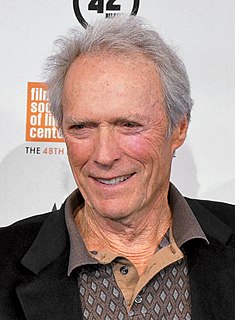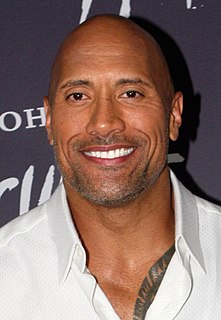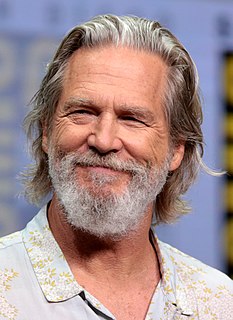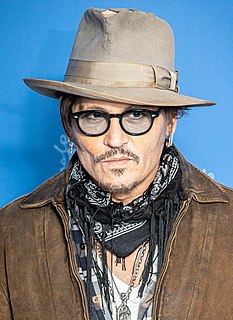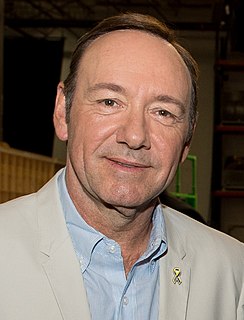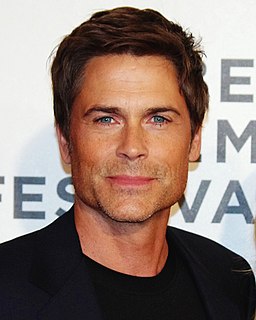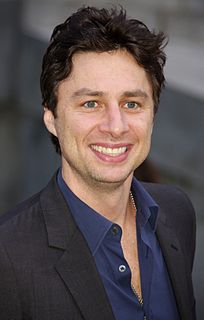A Quote by Prosenjit Chatterjee
There were times when 22 of my films would release in a year.
Related Quotes
In an old model, the way a film would imprint itself on the public's consciousness is to get a theatrical run. But now there are more documentaries and more films in general being released than ever before. There are weeks when the New York Times is reviewing 15 films, so it's harder to leave an impression on the public. A lot of these films are seeing their financial future on digital platforms. Because viewers aren't hearing as much about films in theatrical release, I think the festival circuit is going to have increasing importance for the life of a film.
If I were involved with the NBA, I wouldn't want a 19-year-old or a 20-year-old kid to bring into all the travel and all the problems that exist in the NBA. I would want a much more mature kid. I would want a kid that maybe I've been watching on another team, and now he's 21, 22 years old instead of 18 or 19, and I might trade for that kid.
When I was 20, 21, 22 years old, I was making really good money for a 22-year-old, but it wasn't a huge pot. And of course I made a lot of mistakes. I'm glad I got to make those mistakes with a smaller pool of money and learn from it as opposed to learning the hard way with bigger amounts of money when there would be more consequences.
With excessive digitisation, now, everyone is making films, which is good, but the makers think that they will quickly make films in digital and bag satellite rights but television channels buy satellite rights of notable films only. If we made fewer films a year, percentage of hits would be better.



